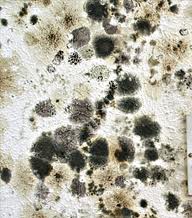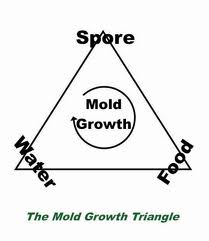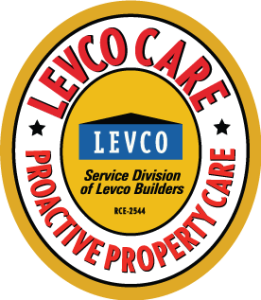Estimated reading time: 4 minutes, 37 seconds

Mold, also know as Fungus, has become a huge issue in homes as of late, with concerns coming from the medical as well as the insurance communities. Many misconceptions are floating around, which that have caused panic and hysteria. Usually a trained sense of smell is all that is required to locate a problem, and visible signs all that you need to confirm the diagnosis. The spores can cause a respiratory irritation, and if a preexisting sensitivity or respiratory illness exists, it can exacerbate that problem.
But all mold is not bad, although I often refer to it as the “M” word. I prefer to use “bacterial growth” as it is more subtle. We must remember that mold is what makes the blue in blue cheese. It is what makes bread rise in the form of yeast. Mold is also the natural decomposer, it digests rotten organic matter (sometimes before the expiration date). It is also the foundation of fermentation. God only knows where we would be as a civilization without that.

Mold, like fire, has a triangle of opportunity to proliferate: some sort of food (some sort of organic matter), warmth (in most cases), and moisture. When combined the organism flourishes and reproduces at an incredible pace.
The EPA has set guidelines for dealing with mold and I believe they have a very sensible approach. they have provided many resources and reading materials to understand mold, to prevent it, and remove it as needed. The bottom line is that we want to prevent its growth and proliferation by being aware of where it comes from and making sure we treat it with respect.
From Levco’s perspective, mold in an area that is moist is an outward sign of a water problem that requires fixing. If dry, it is a sign that there was an issue that was not cleaned adequately. From a health perspective we focus upon proper respiratory protection, proper disposal of contaminated materials, and good personal hygiene.
We categorize water problems into two categories Acute and Chronic.
Acute:
The source of acute water problems are usually obvious. The stopping of the leak is of foremost importance. Cleaning up after an acute leak takes patience and attention to detail. we have seen many acute leaks that have not been dried adequately and have provided the third leg of the mold triangle. Seepage between floors and under materials tat do not breathe like vinyl flooring are prime locations for mold growth.
Chronic:
We find all sorts of telltale signs of mold that have existed for eons. In one case, a hillside leak came through a foundation crack and created mold growth in the insulation. It was stopped by the visqueen vapor barrier and never made it to the drywall. The wall eventually dried out, but when we went to remodel we needed to take special precautions not to breath in the spores.

We were recently referred by an insurance agent to a client who was having her laundry room flooring replaced with tile. When the contractor removed the vinyl, there were all sorts of black colored mold that had disintegrated the particleboard underlayment and left visible stains on the OSB subfloor. Within a few minutes, it became obvious that the leak was resolved long ago and the moisture was gone as well. The dust like material was easily vacuumed up with a HEPA vacuum and then the area was scrubbed with a soap and water solution. Finally, the entire area was soaked with a strong antibacterial solution and allowed to dry prior to having the new plastic underlayment applied and tile set.
How We Attack a Mold Issue:
Once we have decided to remediate a mold issue,
- We survey the affected area from a safe distance.
- We protect ourselves and provide containment.
- We rapidly determine whether this is a project we can handle or if it requires referring to a specialty subcontractor.
- We focus our attention upon ensuring that the leak or source of moisture has been resolved.
- Once resolved, we make a plan for cleanup and repair.
- Depending upon the severity, building components might require cleaning and disinfectant all the way to removal and disposal.
As a remodeler I was forced to add a mold clause that addresses the issue.
MOLD: Mold is a naturally occurring form of bacteria, it is everywhere including in healthy homes. In some occurrences, rare instances, sensitivity and reactions to particular types of mold can occur. We do not proclaim to be specialists in this field; however, we are aware of what it looks like, how to clean it up, and basic prevention techniques. When we suspect a mold hazard to health, we will at our discretion, contact a specialty contractor or mold resource for third party verifications and or recommendations. The Owner will be consulted and a Change Order will be initiated to provide this task at the Owners expense.
Having a third party response to a mold issue can be an expensive undertaking. At Levco, we try our best to handle these issues for our clients reasonably and responsibly. We have several backups in this area, most of which come with a hefty price tag.


Leave a Reply